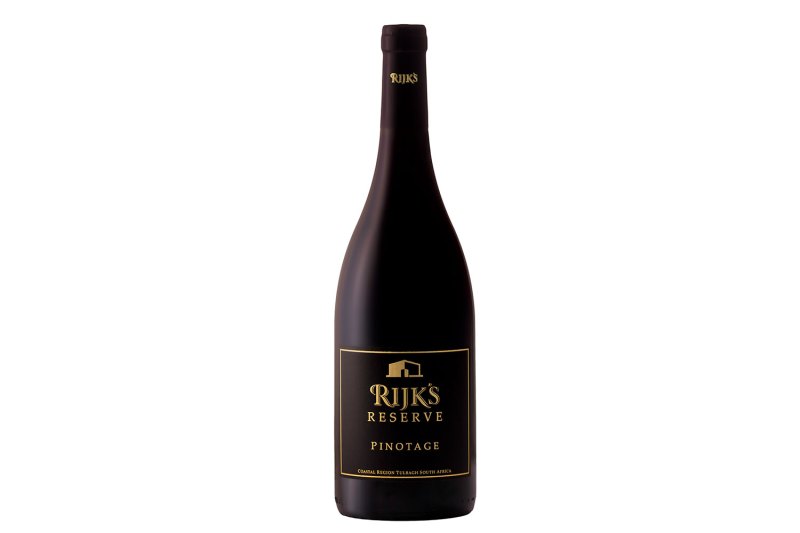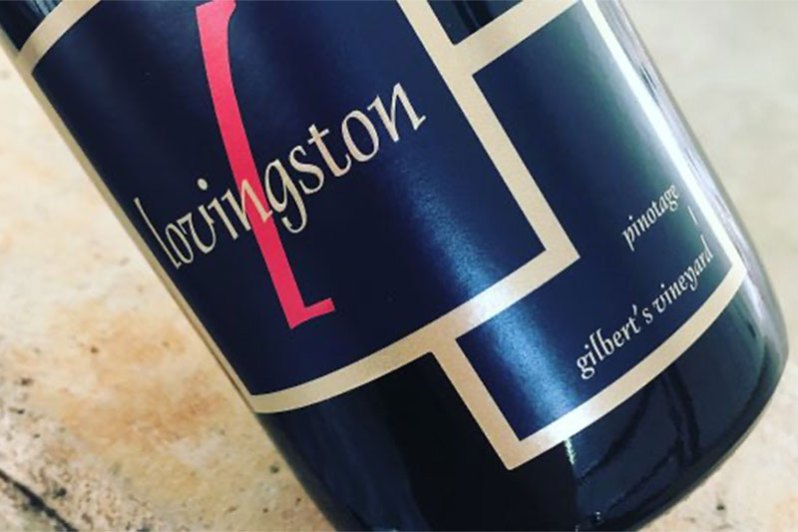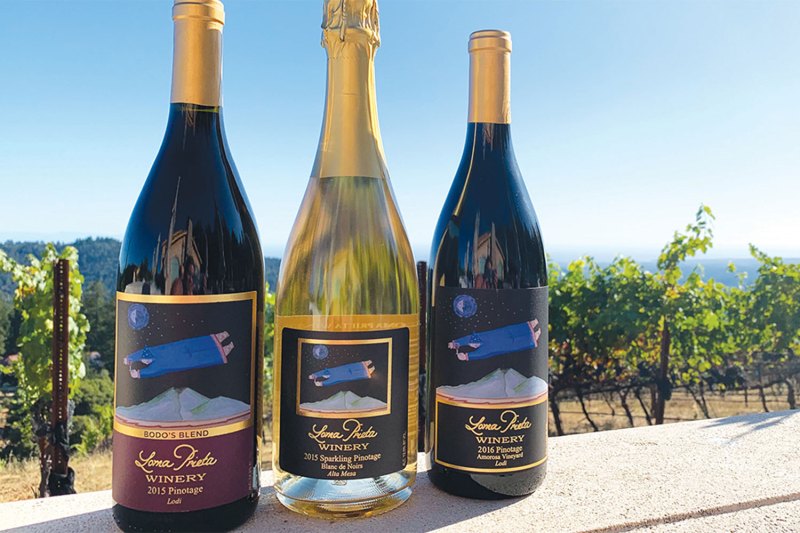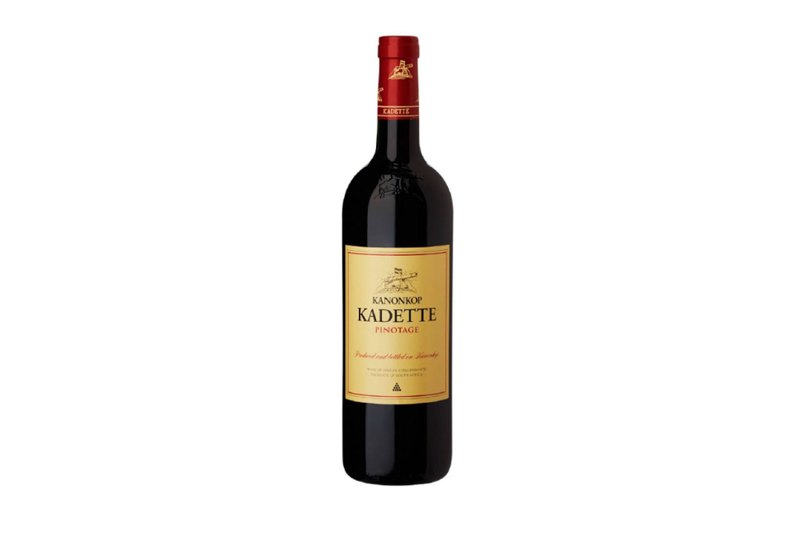For better or worse, South Africa is inextricably tied to a specific wine grape called Pinotage. The red variety has its share of critics but it has also become a flagship wine export from one of the world’s leading enological nations.
It all started in 1925, when an academic named Abraham Izak Perold looked to cross Pinot Noir with Cinsault (known as Hermitage in South Africa). He set up some test plantings at the university where he worked and promptly forgot about them. Several years later, they were salvaged, grafted on to superior rootstock and allowed to flourish.
By the early 1940s, Pinotage was being made commercially in South Africa. A few prestigious awards a couple of decades later cemented the grape’s status and scores of producers started planting the stuff. The last few decades, especially, have seen a real rise in Pinotage production. Some credit more adventurous wine consumers, eager to try something a little different. Others point to our collective palate and how it has seemingly shifted lately from liking big, bulky reds to lighter-bodied ones with more freshness.
The unlikely combination of two famous grapes — one hailing from Burgundy, the other from the Rhone — may be why Pinotage has so many non-believers. Sure, the wine can be prone to showing overcooked notes and even a type of acetic acid in the cellar that gives the wine a chemical component. But poorly made wine of any kind shows its share of flaws, scars, and wounds.
What’s cool about Pinotage is that you get some of the berry-driven lightness and structure of Pinot Noir without all of its signature finickiness. The Cinsault side of Pinotage gives it some heft and resilience in the vineyard, allowing it to deal with extreme weather better and affording some floral and tea-like notes, as well as sometimes a bit more inky concentration. It makes up less than ten percent of South Africa’s overall plantings but remains a key fixture in the country’s popular Cape blends (offering some 30-70% of the cuvee’s makeup).
I see Pinotage as an important grape that stresses the generation gap in wine culture. Older imbibers seem shocked still that a cross-breed like this could do so well (maybe they dislike a perceived lack of purity, maybe they think crossing these two noble grapes is an abomination). But the present generation seems amped on the stuff and is taking ownership of this unique variety.
Pinotage is most famously grown and crafted in South Africa, but it has also found a home in Brazil, Israel, Germany, Canada, New Zealand, and even Zimbabwe. It’s being experimented with in the U.S. too, in places like Oregon, Virginia, and Arizona.
Here are a few to try:
Rijk’s Wine 2015 Reserve Pinotage

The most elegant offering from a solid South Africa producer, this 100% Pinotage wine shows tremendous red fruit characteristics and finesse. Multiple daily punch-downs during fermentation ensure that this wine has plenty of color, extraction, and fullness of flavor while still showing some lovely restraint. The Tulbagh winery even makes a Pinotage Rosé worth exploring.
Lovingston Winery 2017 Pinotage

This Pinotage from Virginia is aged for ten months in neutral oak and shows a slightly medicinal flavor that’s more intriguing than distracting. The berry notes shine through, along with a touch of sweetness and well-integrated tannins. It shows the compelling freshness side of the Pinotage coin that its biggest enthusiasts tend to wax poetic about.
Loma Prieta 2017 Pinotage

Made in central California, this Pinotage is more robust, with big pie fruit components, some fig flavors, cola, and a touch of earth. There’s a little heat from the alcohol content (well over 14% ABV) but the lushness of the wine rounds that out nicely. As the winery suggests, try it alongside some Thai garlic noodles. Production is limited at around 300 cases and the wine was aged for almost two years in the barrel.
Kanonkop 2018 Pinotage

Another standout South African option, this wine shows some intriguing backing spice flavors to back up the strong cherry notes. There’s a lot in the way of stone fruit and a noticeable streak of acidity ties it all together.


